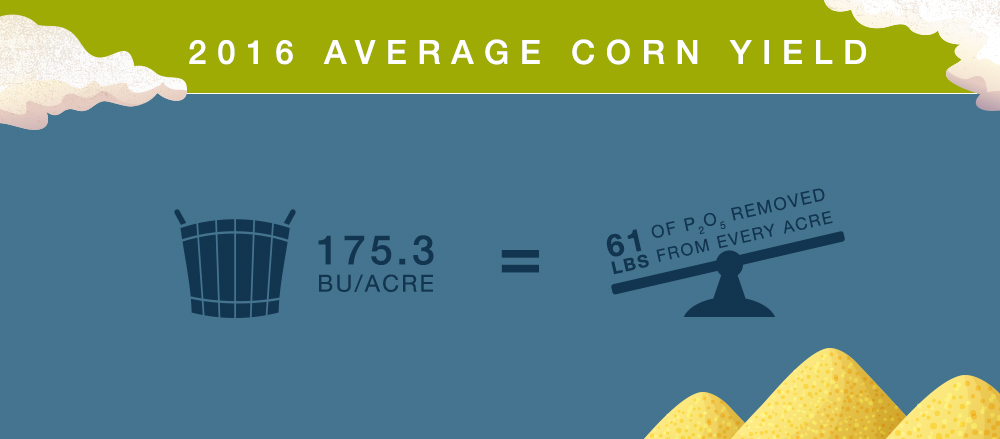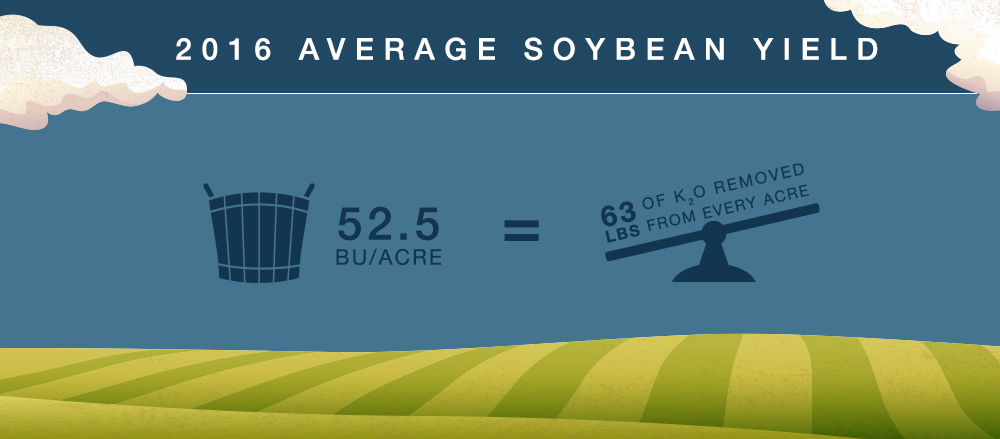It’s an exciting time in agriculture, while the industry is seeing the highest average yields on record due to the advancements that growers are utilizing. These successes call for a celebration, but it’s also important for growers to remember that with record yield comes record nutrient removal, which requires replenishing those nutrients for the next growing season.
Despite the down years growers may have experienced, the record yielding crops continue to pull even more nutrients from the soil. For some, this could be the third consecutive year of tough decisions related to input costs. Not replenishing the soil with the nutrients it needs year after year can create even more problems in the long run, and could make it more difficult to rebound if growers are not addressing the impact of record yields. It’s important now more than ever to elevate fertilizer programs, and to fertilizer every acre every year.
The December USDA report indicated that 15.2-billion-bushels of corn was harvested, with a 175.3-bushels-per-acre average for 2016. That equates to an estimated 61 pounds of phosphate (P₂O₅) removed from every acre. The same USDA report indicated that 4.36 billion bushels of soybean was harvested, averaging 52.5 bushels per acre, which removed 63 pounds/acre of potassium oxide (K₂0) from U.S. soils.

After a successful harvest, Mosaic agronomists are advising their retail customers to urge growers to examine nutrient removal rates closely this winter. To address the concerns regarding record nutrient removal, growers and retailers may want to consider granular products from The Mosaic Company. Products like MicroEssentials® and Aspire® help replenish those missing nutrients, dyear after year by distributing nutrients evenly across every acre of the field.

MicroEssentials has proven research demonstrating it improves corn yield across a variety of soil conditions. MicroEssentials combines nitrogen, phosphorus and sulfur in one balanced granule to create a single source of balanced crop nutrition. Learn more at MicroEssentials/Overview.
Aspire with Boron is particularly suited for soybeans, alfalfa, corn and cotton because micronutrients like boron are essential for plant growth. Aspire combines potassium and boron in each granule, ensuring even distribution and is the first-of-its-kind micronutrient-enhanced potash fertilizer. Learn more at Aspire/Overview.